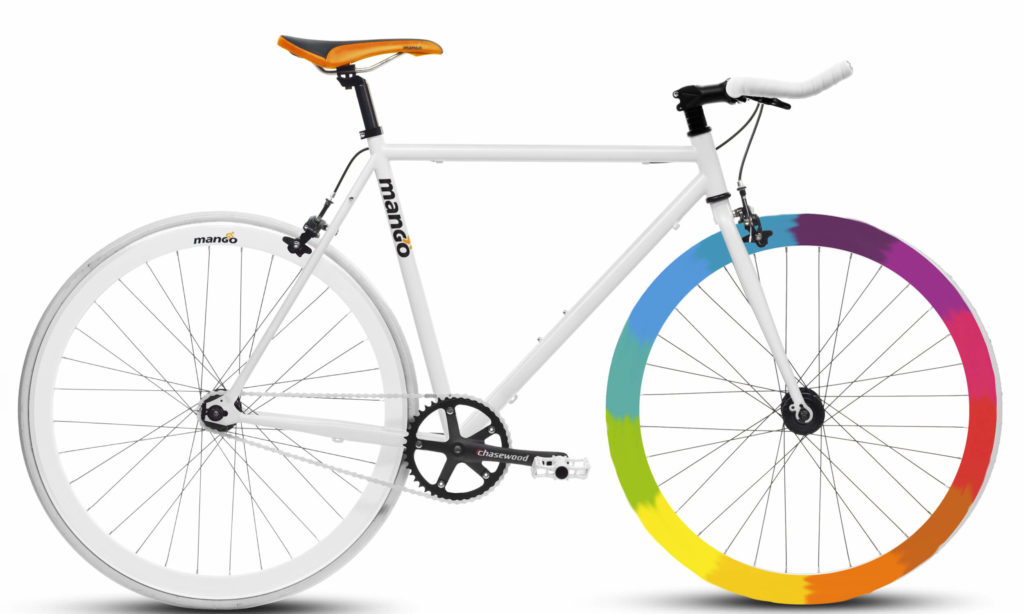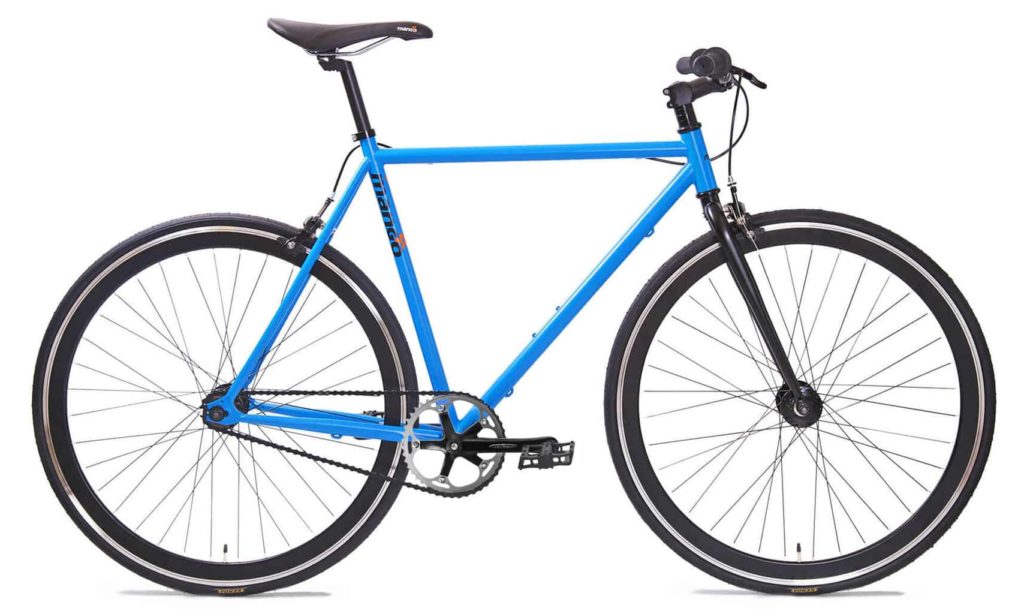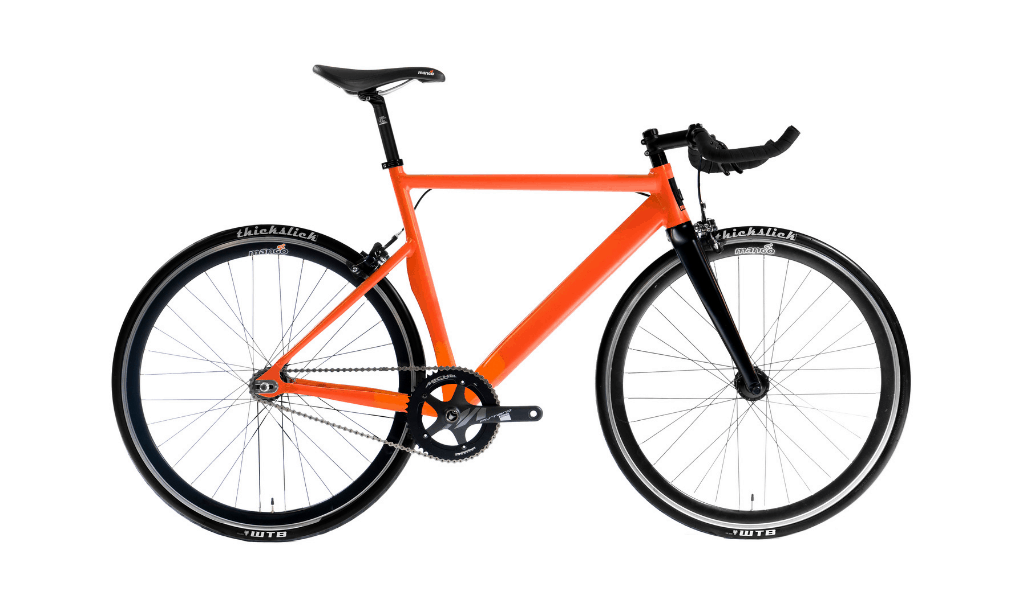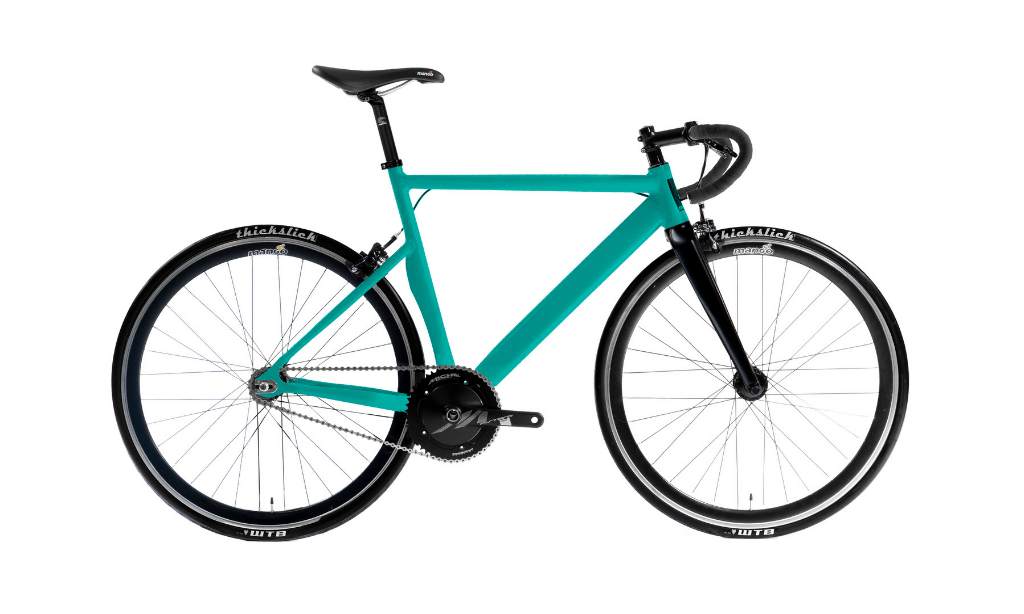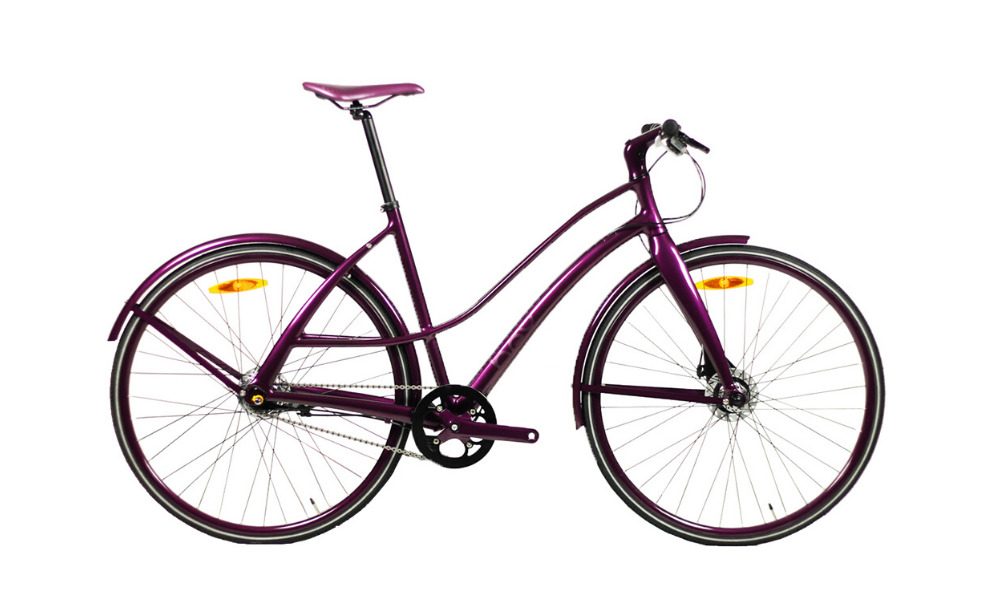How to choose your perfect commuter bike
Posted by James on 1st Jun 2017
The ideal bike for your urban commute will depend on the distance you need to travel, the surfaces you'll be travelling on, your budget, and your personal taste. Here at Mango Bikes we cater towards city cycling, it's where we started and primarily where we ride. There are also literally thousands and thousands of Mango riders that use their bike for commuting every day in cities across the world, so we're in a good position to explain the different options and their pros and cons.
 Fixed gear / single speed
Fixed gear / single speed
A low maintenance option that's great for relatively flat commutes.
Riding a true "fixed gear" bike requires some skill, especially in busy cities, as you have no option to pedal as you move. Of course this greater connection to the bike and the journey is what makes riding fixed so enjoyable. A more practical setup for most would be to use a freewheel that allows you to coast, taking the thought away from timing pedal rotations and braking manoeuvres. Maintenance-wise, fixed gear / single speed bikes are certainly the easiest to keep on top of. This is due to the minimal moving parts when compared to geared bikes. In the UK a legal fixie can have just one brake caliper (the front) as fixed gearing counts for a brake on the back wheel. As well as the added reliability, the reduced weight can make fixies super fast when cutting through traffic, hence why they've always been the bike of choice for city cycle couriers.
Mango recommendation:
|
|
|
Road bikes
For speed and agility with good road conditions. By nature of the name, you'd assume a "road bike"
would be the best choice for road commuting. This will certainly be the fastest type bike for covering distance, which skinny tyres with lighter wheels and frames ensure. However, due to the overall lighter and more fragile nature of parts of the bike, uneven tarmac, potholes and kerbs can be rather problematic. With a bit of vigilance you'll be glad to have chosen a road bike when you're first off the mark and cutting time out of your journey. Most popular road bikes will have either a steel or aluminium frame. Steel can be more forgiving on the road, whereas aluminium is noticeably more rigid, resulting in a slightly harsher but more agile experience. If you're thinking that you need a carbon bike because of the weight saving, it's worth remembering where most of the weight on a ride comes from...yes it's you. Want to shave a couple of kilograms off your ride? Swap the beers for vodka sodas and the burgers for kale & ricotta cakes.
Mango recommendation:
|
|
|
Town bikes
For a care free, comfortable and unhurried riding. Most people know these as "Dutch bikes" or "Dutchies" due to the ubiquitous presence of the style in the Netherlands. Also known as "sit up and beg" bikes (due to the sweeping bars and riding position) they make for a great low-effort and leisurely ride. As the heavier of the bike options, they often include a hub gear, full length mudguards, chain guards, kickstand and panniers or a basket option on the front. The only time you'll need to break a sweat with one of these is if you're lifting it up multiple flights of stairs, but even then, you'll quickly become accustomed to the process as the rewards of having such a prepared bike are constantly welcomed.
Gravel / All Road bikes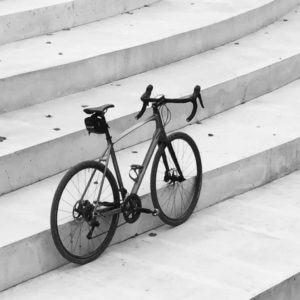
The best all-rounder. Can handle varied terrain at a good pace. This combination of road style but with huge clearance for off-road tyres is becoming ever more popular and fashionable for commuters. Gravel / All Road bikes tend to feature lots of eyelets for mudguards and pannier mounts, disc brakes for more efficient stopping, and a relaxed geometry that offers better handling through traffic. With the available flexibility of switching tyre types throughout the seasons, these bikes are generally more rugged and adaptable to different environments. Gravel / All Road bikes are the most practical option for getting from A to E where the letters in between often vary.


